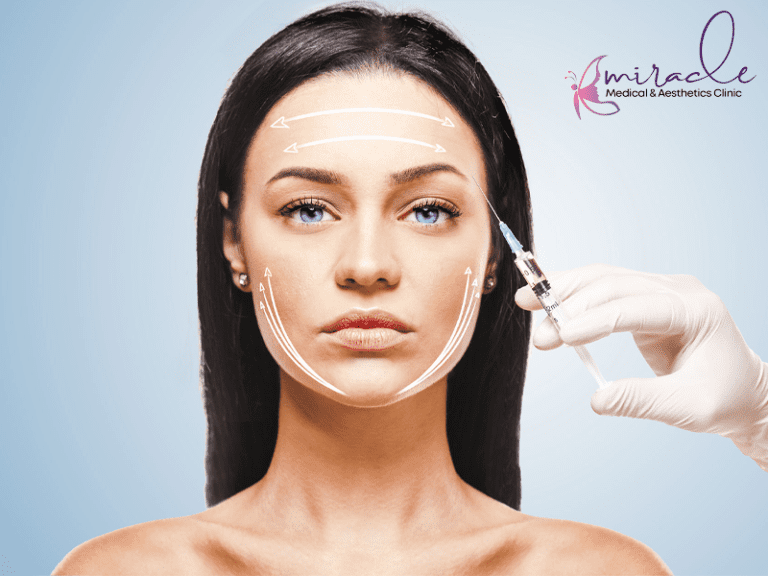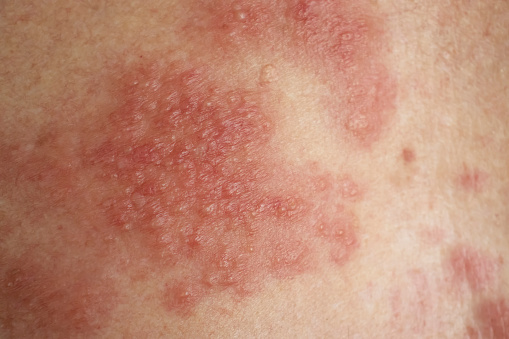Dermatologists Swear by TCA Peels
The term “chemical peel” evokes various emotions and facial expressions from my patients. For some, the term brings back memories of glowing, freshly exfoliated, hydrated skin. For others, the term conjures a previous bad experience or dramatic images they’ve previously seen on the internet and the thought “not for me.” In this article, we’ll demystify TCA chemical peels. I’ll explain what they are, who they’re best for, what it feels like to undergo one, and the potential benefits.

What Is a Chemical Peel?
A chemical peel is a procedure that chemically exfoliates the skin. Chemical peels range in depth from superficial, medium, and deep chemical peels. Superficial chemical peels exfoliate only the top layer of skin, while medium and deep chemical peels exfoliate into the upper and mid dermis, respectively.
Superficial chemical peels are effective for texture irregularity and evening of the skin tone, while medium to deep chemical peels are effective for skin tightening and diminishing fine lines and wrinkles.
In general, the time to heal and potentially adverse reactions increase with the depth of the chemical peel. For this reason, medium and deep chemical peels are typically avoided in darker skin tones, due to increased risk of scarring and hyperpigmentation.
What Is a TCA Chemical Peel?
TCA stands for trichlorecetic acid.
The term TCA chemical peel is somewhat vague because TCA peels can vary from very light to deep chemical peels, depending on the concentration of TCA and whether it is combined with another type of chemical peel. For reference, 10%–30% TCA provides a superficial peel, while 30%–40% TCA provides a medium-depth chemical peel, and 50% or above TCA provides a deep chemical peel.
Benefits of a TCA Chemical Peel
The benefits of the TCA peel will depend on the depth of the chemical peel. Superficial TCA chemical peels provide improvement in skin texture, a decreased number of whiteheads and blackheads, and evening of skin tone. Medium-depth TCA chemical peels provide improvement in fine lines and wrinkles.
TCA is not the best agent for deep chemical peels, as it can become somewhat unpredictable, but deep TCA peels would provide improvement in wrinkles and skin tightening.
Chemical solutions typically used include glycolic acid, trichloroacetic acid, salicylic acid, lactic acid or carbolic acid (phenol). The different types of chemicals cause a controlled injury, each penetrating through to a different skin depth, then peeling away to reveal a new layer of skin.
- Keywords: TCA Peels
- miracleadmin














